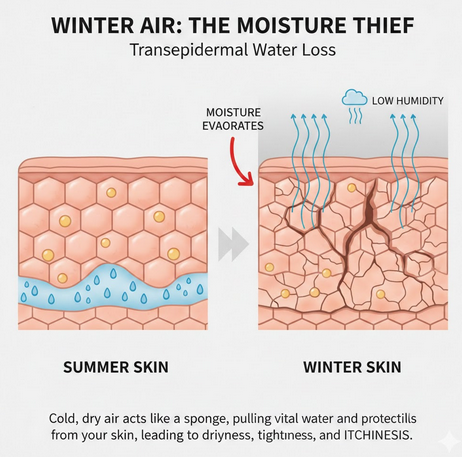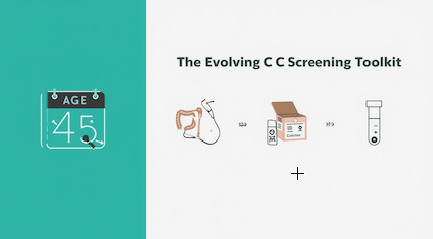Three Minutes to Trillions: How a Basic Exercise Could Save America's Workforce and Wallets
- OliveHealth

- May 10
- 4 min read
by Dr. Ed Fuentes

The United States faces a silent drain on its economy: work-related injuries and illnesses. From the back strains of construction workers to the cardiovascular woes plaguing long-haul truckers, the costs in terms of workman's compensation, lost productivity, and healthcare expenditures are staggering. But what if a simple, accessible solution – a mere three minutes of daily exercise – could significantly alleviate this burden, even for those who can't afford a gym membership? The surprising answer lies in the enduring legacy of a forgotten American idea that flourished across the Pacific: Japan's "Radio Taiso."
Consider the construction industry, a sector highlighted in recent analysis as riddled with hazards. Falls, slips, and trips are a constant threat, but the data reveals a more insidious and frequent culprit: overexertion. Sprains and strains from heavy lifting, repetitive motions, and awkward postures plague construction workers, leading to significant time off work and costly compensation claims. The analysis points to inadequate safety measures, poor ergonomics, and insufficient training as key contributing factors.
Now, shift gears to the open road. CDL A truck drivers, vital to the nation's supply chain, often lead sedentary lives punctuated by long hours of sitting and unhealthy eating habits.1 This occupation is particularly susceptible to cardiovascular heart disease (CHD), a major driver of disability and premature death.2 The stark comparison between the United States and Japan reveals a troubling truth: Americans face significantly higher CHD mortality rates despite similar or even lower historical incidence. Japan's higher life expectancy is partly attributed to healthier lifestyles, including dietary habits and, crucially, widespread participation in simple, accessible exercise.
And let's not forget the growing ranks of sedentary office professionals, hunched over desks for hours, their bodies slowly succumbing to musculoskeletal issues and the creeping threat of cardiovascular disease. Even for individuals struggling to make ends meet, the cost of a gym membership like Planet Fitness can be an insurmountable barrier to proactive health management.
Here's where the "Tower Health Exercises," the American precursor to Japan's "Radio Taiso," offers a compelling solution. Born in the 1920s, these simple, 15-minute radio routines aimed to bring basic exercise to the masses. While the concept faded in the US, it took root in Japan and evolved into a daily national ritual. "Radio Taiso," a series of gentle calisthenics performed to music, is practiced by millions across Japan in schools, workplaces, and community gatherings.3
The impact on Japan's health is undeniable. This consistent, accessible exercise promotes improved physical fitness, combats sedentary lifestyles, aids in fall prevention for older adults, boosts circulation and energy levels, and even fosters mental well-being through communal participation. Its integration into daily routines from a young age cultivates a culture of regular physical activity, contributing to Japan's higher life expectancy and lower CHD mortality rates.
Imagine a similar initiative revitalized in the United States, tailored to the needs of specific occupations and accessible to all, regardless of income. A basic, three-minute exercise routine, perhaps broadcast on public radio or easily accessible through a free app, could target the common injuries plaguing professions like construction and counteract the sedentary nature of trucking and office work.
For CDL A truck drivers, simple stretches and movements performed during the pre-trip inspection and mandatory breaks could improve circulation, reduce stiffness, sleep related accidents, and combat the long-term risks of cardiovascular disease.4 For construction workers, a brief routine focusing on core strength, flexibility, and proper lifting techniques could mitigate the prevalence of debilitating overexertion injuries, directly impacting workman's compensation claims and lost workdays. Even sedentary office professionals could benefit from a short burst of movement to improve posture, reduce muscle strain, and boost cardiovascular health.5
The beauty of this approach lies in its simplicity and accessibility. It requires no expensive equipment or gym memberships, making it a viable option for everyone, including those for whom a monthly Gym and Fitness fee is out of reach. Just three minutes of targeted movement, consistently practiced, can accumulate significant benefits over time.
The potential economic savings are immense. Reduced workman's compensation payouts in industries like construction, fewer occupational health issues and related healthcare costs for sedentary workers and high-risk groups like truckers, and increased productivity due to a healthier workforce could translate into billions of dollars saved annually.
The "Tower Health Exercises" offer a blueprint. While the US lacked a central authority to champion its widespread adoption then, the urgency of our current health and economic challenges demands a renewed look at such accessible public health initiatives. By learning from Japan's enduring success with "Radio Taiso," the United States has the opportunity to invest in the health of its workforce with a simple, three-minute solution that could yield trillions in savings and a healthier, more productive nation. It's time to bring back a basic idea and watch it blossom into a powerful economic and public health force.
Notes:
Japanese radio calisthenics prevents the reduction of skeletal muscle mass volume: BMJ Open Diabetes Res Care. 2020 Feb 24;8(1)
https://www.gov-online.go.jp/eng/publicity/book/hlj/html/201910/201910_05_en.html




Comments